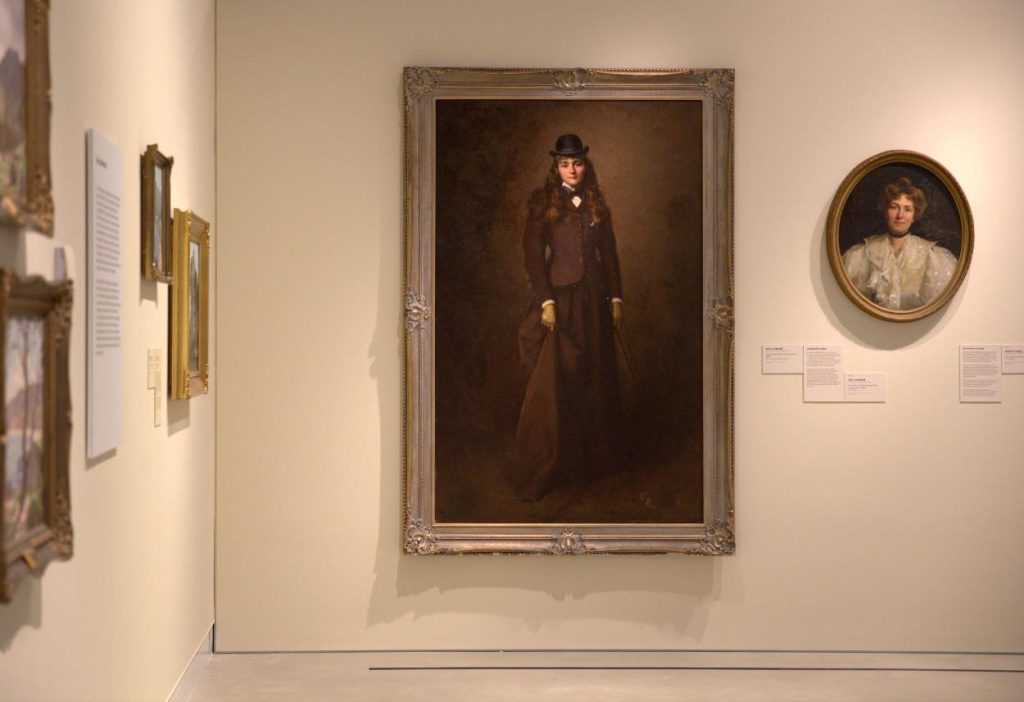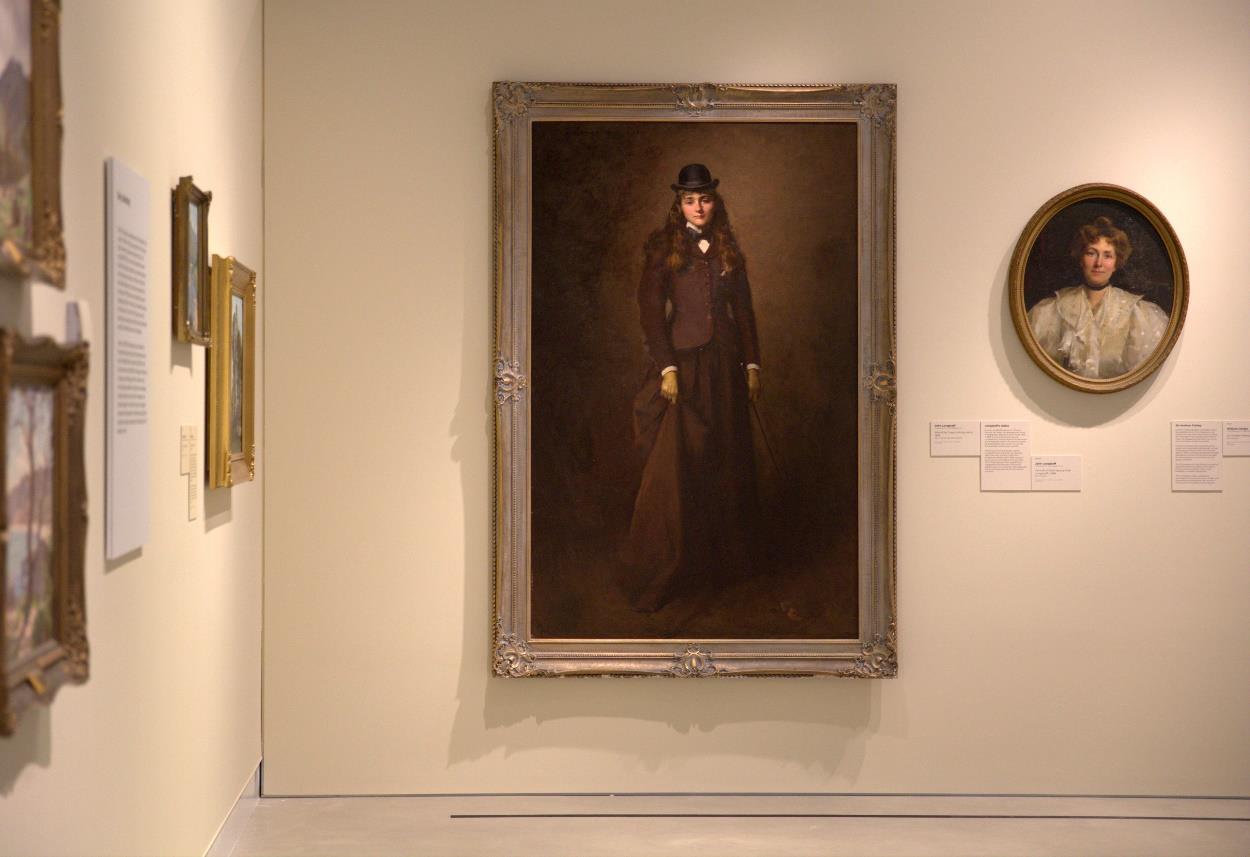
Whitney Museum Announces Free Admission for Visitors Aged 25 and Under

### Whitney Museum Launches Free Admission for Visitors 25 and Under
In a move to increase accessibility to art for younger audiences, the Whitney Museum of American Art in New York City has announced a new initiative: free admission for visitors aged 25 and under for the next three years. The program is set to start in mid-December and is a significant gesture toward making art more accessible to younger generations, especially amid rising museum entrance fees across the country.
#### The Initiative: Expanding Accessibility
The Whitney Museum’s new free admission program is made possible thanks to a $2 million gift from acclaimed artist Julie Mehretu and additional support from philanthropist Susan Hess. Mehretu, who also serves on the Whitney’s board, emphasized the importance of inclusivity in her statement: “You can’t have any conversations around diversity, equity, and inclusion without providing access.” This initiative aims to ensure that young people, many of whom may not traditionally have the financial means to visit such institutions frequently, will have full access to the cultural resources housed at the Whitney.
By offering free access for anyone aged 25 and younger, the Whitney aligns itself with its mission of fostering a younger, more diverse audience. This effort follows the museum’s successful Free Friday Nights and Free Second Sundays programs, which together attracted nearly 300,000 visitors over the past year. These initiatives demonstrated success in reaching a younger demographic; notably, visitors partaking in the free programs were 60% Black, Indigenous, and People of Color (BIPOC), a significant marker of increasing representation in the Whitney’s audience.
#### The Cost of Admission in the Art World
With the introduction of this initiative, the Whitney Museum stands out as museums across the U.S. respond to rising operational costs by raising ticket prices. In 2022, the Whitney increased its general admission price by 20%, raising adult tickets to $30 and student tickets to $24. These hikes in admission prices followed similar increases at other leading art institutions, including the Metropolitan Museum of Art, the San Francisco Museum of Modern Art, and the Museum of Modern Art (MoMA) in New York. The rising costs have sparked conversations surrounding the financial accessibility of art institutions, especially in more expensive metropolitan areas.
Museums argue that these higher admission fees are necessary to keep up with inflation and balance budgets due to decreasing attendance post-pandemic. However, higher prices risk alienating potential visitors who might already face financial barriers. Against this backdrop, the Whitney’s latest initiative can be seen as both a strategic and humanitarian move, balancing the rising costs of maintaining world-class museums while keeping young, diverse audiences engaged and welcomed.
#### The Broader Impact: Fostering Diversity and Inclusion
The Whitney’s “Free 25 and Under” initiative can also be viewed as part of a larger trend within the art world to remove financial barriers and promote greater inclusivity. As Mehretu’s statement underscores, diversity efforts are intrinsically tied to ensuring broad access to cultural spaces. Museums have long been critiqued for being “elitist” spaces, often catering to affluent, predominantly white audiences. Initiatives like free admission days or targeted programs for younger audiences reflect an effort by institutions to counter this persistent criticism and welcome a broader spectrum of society.
The success of these initiatives, particularly in increasing BIPOC attendance, reflects progress towards the Whitney’s diversity and inclusion goals. Museums across the country have recognized that they must not only display a wide range of art but also ensure their audiences reflect the diversity of the communities they serve.
#### Why It Matters
As new generations increasingly overlap with movements for social justice, equity, and inclusivity, institutions like the Whitney are in conversation with a changing societal landscape. By making art more accessible, museums can serve as platforms for dialogue, education, and social change. Younger audiences — often more concerned with social, racial, and environmental justice issues — bring new perspectives to art interpretation, further enriching the museum experience for all.
For visitors 25 and under, the Whitney’s new free admission policy presents a rare opportunity to experience contemporary art without financial burden. As art museums raise prices out of economic necessity, this program provides a refreshing model for how cultural institutions can remain financially viable while staying true to their mission of inclusivity and openness.
Though the admission change only applies to young visitors for the time being, it highlights a broader conversation about how art should be experienced and accessed. It asks the question: Should access to art be a luxury, or should it be a universal and freely available experience?
#### Conclusion: Alleviating Costs, Inviting More Voices
The Whitney Museum’s new free entrance program for people 25 and younger is a bold step in nurturing future generations of art lovers, artists, and creators. At a time when museum ticket prices are hitting all-time highs, this initiative stands out as a way for younger, more diverse audiences to engage with art without financial restrictions. Surpassing the traditional economic models of museum admission, this